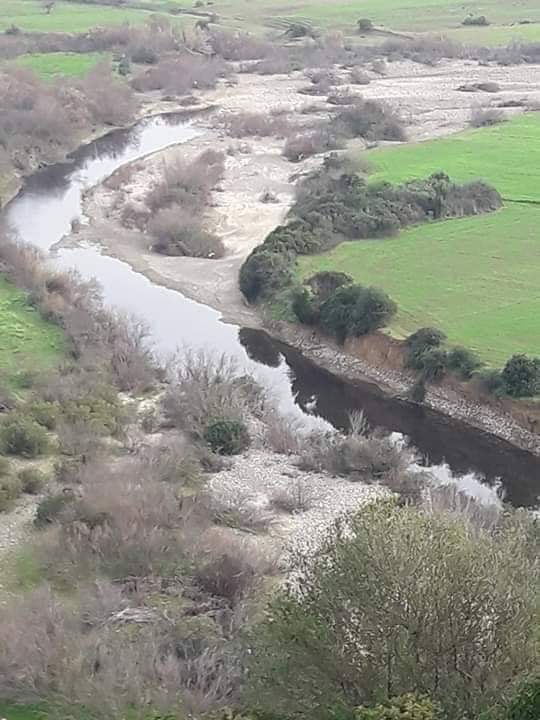certainly the first thing that strikes the eyes when visiting the province of ouezzane

is that of the predominance of the olive tree. This region is experiencing unprecedented growth in olive growing. The inhabitants of the area around the city all indulge in this seasonal culture whose fame reaches an international level. After the harvest of the olive the farmers are dedicated to the process of the extraction of olive oil and this is done with the help of a mold which is entirely devoted to it. This operation, although necessary for obtaining an oil, remains a threat to the environment.
The oil extraction process actually has several impacts on the environment but also on the inhabitants who seem to ignore so much they can be influenced. First, the rest of this extraction operation, called Marjane, This substance, produced after trituration of olives and extraction of oil, is a solid waste spilled by oil mills directly into the basin. This liquid is a mixture of water and olive residue has an impact on the natural environment. According to experiences in the treatment and disposal of waste water from olive oil mills. This substance is characterized by a strong acidity. The viscous nature of the vegetable water can cause the formation of an oily deposit on the natural environment, causing its impermeability and asphyxiation. The accumulation of these waters also gives rise to foul odors which may be the cause of some respiratory diseases.
It should also be noted that water gardens are a major risk for groundwater pollution, as a result of discharges of this waste into rivers, an environment conducive to a direct supply of groundwater.
On the basis of this observation, the margins have a negative influence on the treatment facilities, as well as on the pipelines. It is obvious that this impact depends on the amount of vegetable water discharged by oil mills. The owners of these mills are certainly aware of the risk of pollution that can be generated by the effluents that their installations discharge on the external environment. But the direct responsibility lies with the services of agriculture, hydraulics and the environment. It is a question of public health, especially since it is about drinking water.
 |
